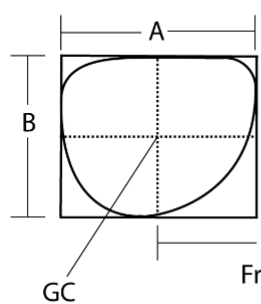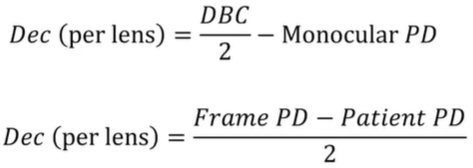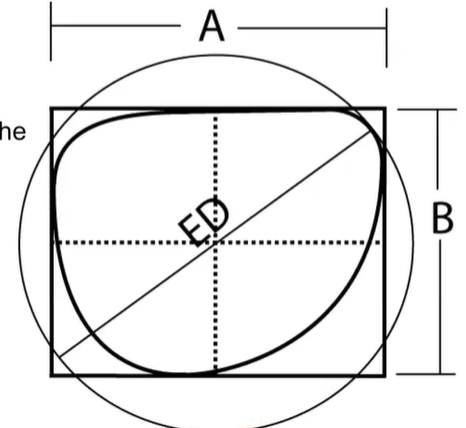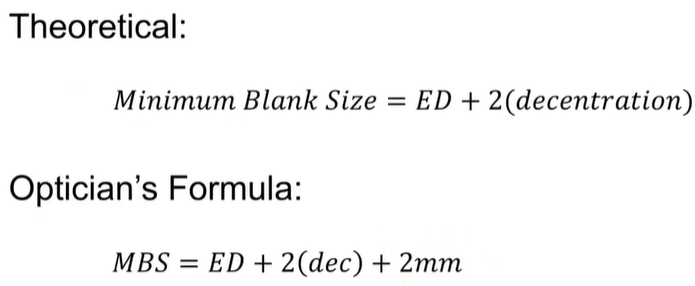5 Spectacle Frame and Measurements
1/19
There's no tags or description
Looks like no tags are added yet.
Name | Mastery | Learn | Test | Matching | Spaced |
|---|
No study sessions yet.
20 Terms
zylonite (zyl)
original material for plastic frames, not used anymore but sometimes still called that today
Pro and con of Monel (alloy = has different materials)
Cheap
may contain nickel, potential for allergy
What metal material is hypoallergenic?
titanium
pros and cons of titanium
lightweight
durable
corrosion resistant
hypoallergenic
con: more expensive
What is used to be more affordable than titanium?
titanium alloy
What is the Boxing System? What are the dimensions?
smallest “box” that can contain the lens
A dimension: horizontal, “eye size”
B dimension: vertical
How do you find the geometric center, given A and B?
Half of A and half of B
or, half the diagonals of the lens

DBL
distance between lenses aka bridge size
DBC
distance between centers (aka frame PD)
seg height
dist between top of bifocal bottom of lens
ED
effective diameter (2x longest radius)
Frame PD = _ + DBL
A + DBL
Why do we measure PD?
avoid prismatic effect, esp with higher powers (decentration, Prentice’s rule)
Why is decentration used?
so the patient looks through the optical centers of the lenses
When is no decentration needed?
when frame PD = patient PD
Decentration equations (not provided)

What is the question we ask to find decentration?
“where is the optical center of the lens relative to the geometric center?”
ED (frame measurement)
effective diameter = 2x longest radius of lens

Theoretical minimum blank size
= ED when there is no decentration; can be used to grind lens down for frame
Minimum blank size equations
we just use theoretical, the optician’s was for in the past when lenses were ground by hand
